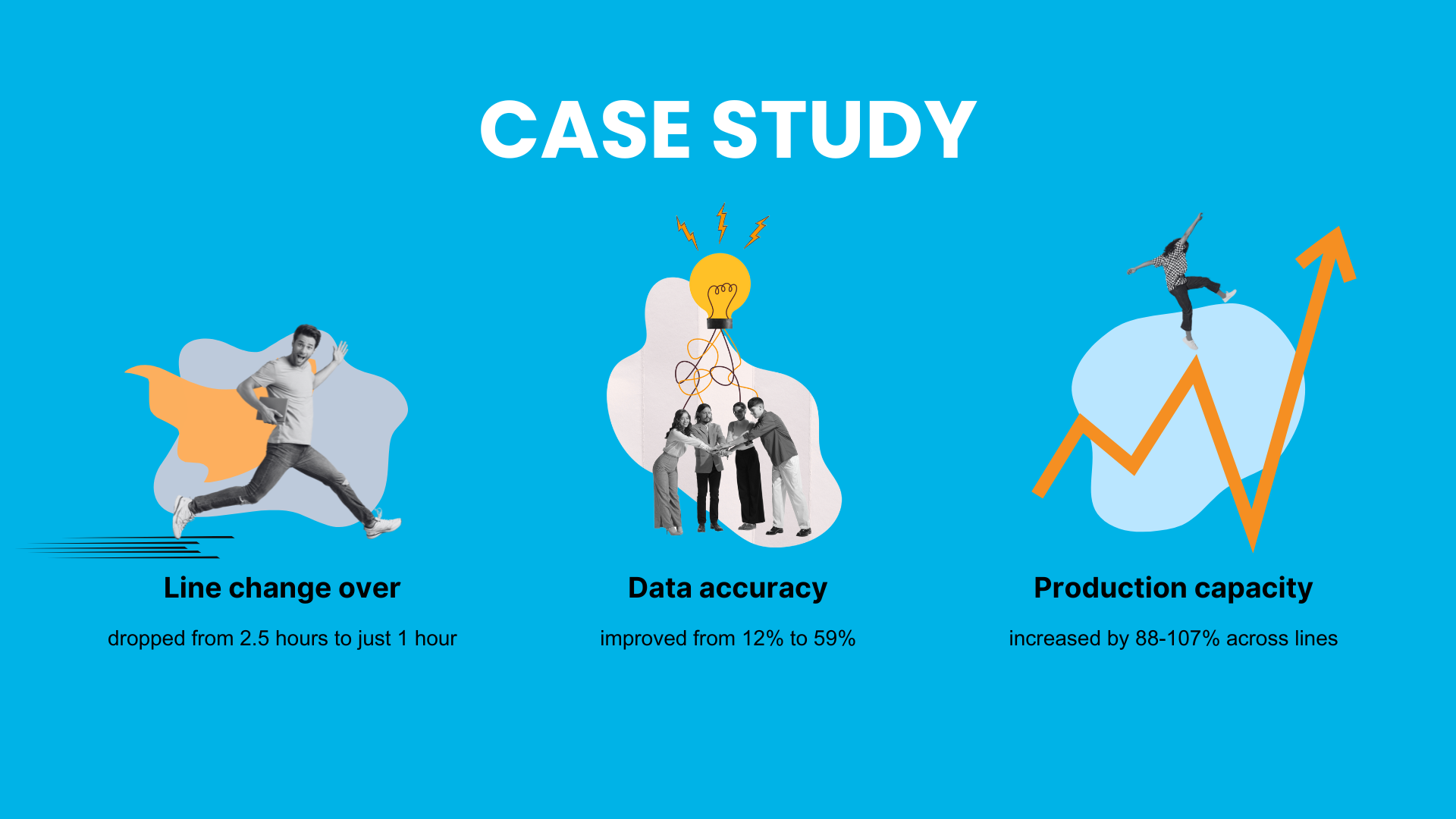As a business leader, do your words and actions demonstrate that you really care about the people you lead?
Empathy vs. Sympathy: The Leadership Difference That Drives Results
By Kim Huggins posted in Behavior, Leadership, Trust, Employee Experience, Performance Improvement
The Parable of Ted Lasso: Leadership, Context, and the Limits of Optimism
By ALULA posted in Leadership, Team Culture, Performance Improvement
As many people know, Ted Lasso is a popular television series that follows the journey of an American college football coach who is unexpectedly hired to manage an English Premier League soccer team. The twist? Ted Lasso has no experience with soccer. The team’s owner hired him hoping he’ll fail—part of a scheme to get back at her ex-husband, who loved the club [1].
Snakes, Haters, and Derailers: How to Spot Resistance in Your Senior Leadership Team
By ALULA posted in Behavior, Leadership, Change, Transformation
Can you spot resistance in your senior leadership team?
Case Study: The $500 Million Human Element
By ALULA posted in Behavior, Leadership, Operational Excellence, Team Culture, Culture, Coaching, Case Study, Manufacturing, Lifesciences, Performance Improvement
When Process Meets Behavior
Hey, leader, do you want feedback from others? Act like it!
By John Dale posted in Behavior, Leadership, Leadership Development
I paused at the door of my manager’s office, knocked gently, and then asked the question.
Feedback: Your Leadership Super Power and Game Changer
By John Dale posted in Behavior, Leadership, Senior Leadership
What is the biggest difference between Formula 1 drivers and business leaders?
“Uncertainty Fatigue”: The Invisible Force Draining Your Team’s Engagement and Productivity
By ALULA posted in Leadership, Organizational Transformation, AI, Wellbeing
Make Trust Your Team's Superpower
By Kim Huggins posted in Leadership, Team Culture, Trust
It all came down to a deficit of trust.
Slowing the Game Down: How Leaders Can Master the Pace of a New Role
By John Dale posted in Leadership, Communicating with Teams, New Leader Transitions, Senior Leadership
I was working with a senior leader who was promoted and suddenly found himself overseeing one of his companies’ largest strategic divisions. The role involved managing more than 3,000 people in multiple functions and taking full ownership of P&L.
Practice Makes Perfect: What Golf Can Teach Us About Leadership Skills
By John Dale posted in Leadership, Coaching, Leadership Development
I recently read that amateur golfers like me should spend about three hours per week on the practice range trying to refine our games.


























Conversation